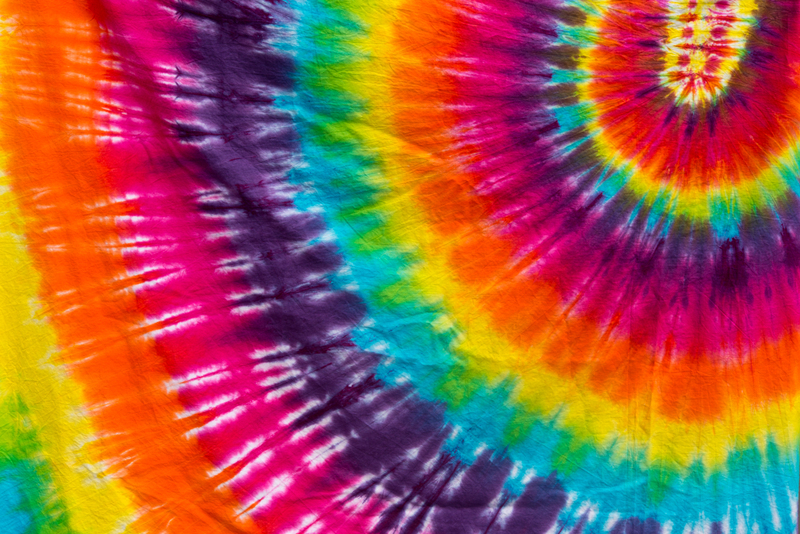Innovative Upcycling Techniques
Posted on 04/01/2025
Upcycling is more than a trend; it's a movement towards sustainability, creativity, and environmental responsibility. Rethinking and repurposing items that would otherwise be discarded not only helps reduce waste but also inspires innovation and craftsmanship. This article explores some of the most cutting-edge upcycling techniques, providing actionable tips, identifying pros and cons, and offering valuable takeaways to encourage you to embrace this ecological practice.
What is Upcycling?
Upcycling involves transforming by-products, waste materials, useless, or unwanted products into new materials or products of better quality or for better environmental value. Unlike recycling, which generally involves breaking down materials to make new ones, upcycling adds value without degrading the original materials.

Innovative Upcycling Techniques
1. Textile Upcycling
One of the most popular and innovative upcycling techniques involves textiles. Old clothes, fabrics, and even bed linens can be creatively repurposed into new fashion items, home d?cor, or functional fabric products. Patchwork quilts, tote bags, and even stylish clothing can arise from discarded textile materials.
2. Furniture Upcycling
Upcycling furniture can transform outdated or worn-out pieces into beautiful, functional art. Techniques include repainting, reupholstering, and distressing. For instance, a dated dresser can be sanded down, painted in a modern color, and fitted with new handles. Old pallets can be transformed into outdoor seating or coffee tables.
3. Electronic Upcycling
Old electronics often end up as e-waste, a growing environmental concern. Innovative upcycling can turn obsolete gadgets into new, useful items. For example, old computer parts can be converted into clocks or decorative items. Circuit boards can be refashioned into jewelry, and smartphone screens can be turned into wall art.
4. Plastic Upcycling
Plastic upcycling is incredibly innovative and crucial for environmental health. Examples include creating eco-bricks from non-recyclable plastics, which can be used in construction. Single-use plastics can also be melted and molded into furniture or art pieces, reducing the overwhelming plastic waste in landfills.
5. Paper Upcycling
Paper is another material that lends itself well to upcycling. Old newspapers, books, and magazines can be transformed into anything from decorative bowls to gift bags and flower pots. Shredded paper can also be used as stuffing materials, compost, or even as a basis for homemade paper.
Pros and Cons of Upcycling
Upcycling has numerous advantages and some drawbacks. Understanding both can help you make informed decisions.
Pros:
- Reduces waste and environmental impact.
- Inspires creativity and innovation.
- Can save money compared to buying new items.
- Gives new life and purpose to old items.
- Supports sustainable living practices.
Cons:
- Can be time-consuming to collect and transform materials.
- May require tools and skills that not everyone possesses.
- Not all materials are suitable for upcycling.
- Initial learning curve can be steep for beginners.
Tips for Successful Upcycling
- Start Small: Begin with manageable projects like repurposing a single item.
- Gather Inspiration: Look for ideas online, in books, or in magazines.
- Use Quality Materials: Ensure that the materials you upcycle are in decent condition to avoid frustration.
- Invest in Tools: Basic tools like glue guns, scissors, and sewing kits can go a long way.
- Be Patient: Projects can take time; don't rush the process.

Key Takeaways
- Upcycling significantly reduces waste and promotes environmental responsibility.
- It offers creative and personalized solutions for old items.
- Preparation, patience, and quality materials are essential for successful upcycling.
- Identifying the pros and cons helps in planning and executing projects effectively.
Conclusion
Innovative upcycling techniques offer a sustainable way to manage waste while fostering creativity and self-expression. From textile and furniture upcycling to electronic and plastic transformations, the possibilities are limitless. Understanding the advantages and pitfalls, gathering inspiration, and starting with small projects can make the process enjoyable and fulfilling. As you embrace upcycling, you'll not only contribute to a cleaner planet but also create unique items that tell a story.





